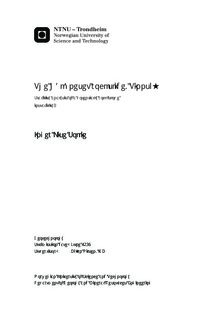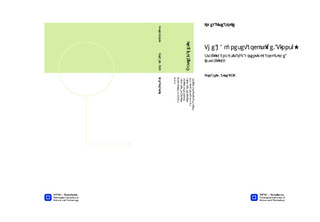| dc.description.abstract | The Håkåneset rockslide is located on the west shore of Lake Tinnsjø (191 m.a.s.l), a fjordlake stretching 32 km with a SSE-NNW orientation in Telemark, southern Norway. The instability extends from 550 m.a.s.l. and down to approximately 300 m depth in the lake, making up a surface area of 0.54 km2 under water and 0.50 km2 on land. The rockslide comprises an anisotropic metavolcanic rock that is strongly fractured. Five discontinuity sets are identified with systematic field mapping supported by structural analysis of terrestrial laser scan (TLS) data. These are interpreted as gravitationally reactivated inherited tectonic structures. At the northern end the instability is limited by a steep south-east dipping joint (JF3 (~133/77)) that is one direction of a conjugate strike slip fault set (JF3, JF2 (~358/65)). Towards the south the limit to the stable bedrock is transitional. A back scarp is defined by a north-east dipping J1 (~074/59) surface that is mapped out at 550 m.a.s.l.
Kinematic analysis indicates that planar sliding, wedge sliding and toppling are feasible. However, because the joint sets are steeply dipping these failure mechanisms can only occur for small rock volumes and are limited to steep slope sections only. Large scale rock slope deformation can only be justified by assuming deformation along a combination of several anisotropies. This assumption is based on the presence of the ~50-65 degrees NE dipping J1 and the up to 19 degrees NNE dipping foliation, making bi-planar sliding a feasible mechanism in case of a massive failure of the entire slope instability. Numerical modelling using Phase2 support assumption of bi-planar failure and indicate that significant rock damage by retrogressive failure mechanism is most likely for a stepped development of a basal sliding surface. The modeling results indicate that this sliding surface may daylight at a depth of ~100 m in the lake. By sensitivity tests for groundwater and different joint- and rock mass properties it is assumed that the instability is, besides the main structures, controlled principally by topography and rock strength conditions. | |

